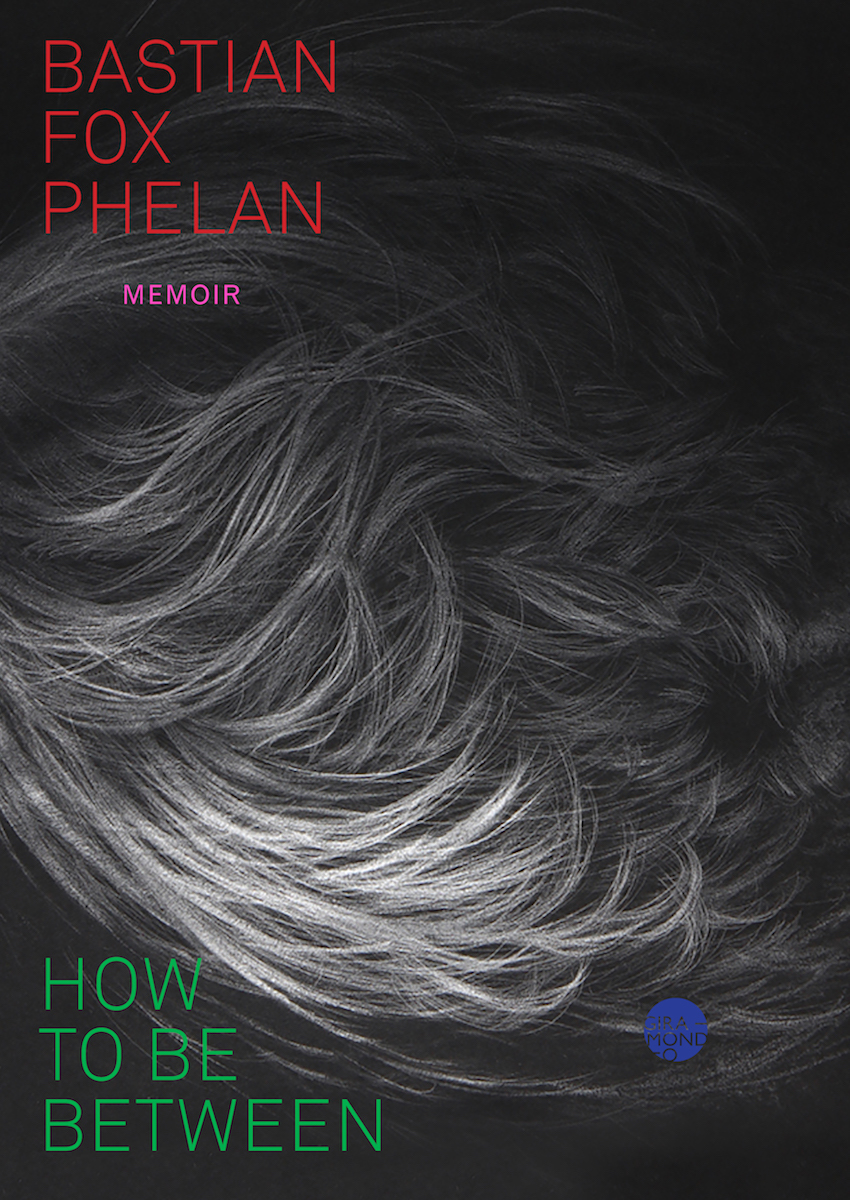 Reviewed by Magdalena Ball
Reviewed by Magdalena Ball
How to Be Between
By Bastian Fox Phelan
Giramondo
320 pages, Paperback, May 2022, ISBN 9781925818987, $29.95
I remember the first time I spotted a hair on my chin. It was barely noticeable, but the anxiety it provoked in me was not minor. Thinking back to how assiduously I went after that hair, and other facial and body hairs throughout my life: upper lip, arms, legs, bikini line, with such self-loathing even as I coddled the hair on my head with a similar range of products designed to straighten, curl, moisturise and shine. I like to think that I’m not an overtly vain person, but it’s hard to shake off a lifetime’s conditioning and hair has been used as a way of determining beauty. Bastian Fox Phelan’s memoir How to Be Between leans right into these societal norms, exposing them for the controlling mechanisms that they are, designed to make use feel chronically inadequate so we’re easier to sell to or control. These norms force an unnatural binary between male and female, attractive and unattractive, straight and queer. How to Be Between rejects these binaries and instead offers up the possibility of living a life without such constraints.
As a teenager, Phelan was diagnosed with Polycystic Ovary Syndrome (PCOS), a condition that affects hormone levels, often resulting in increased facial hair. At first the hair is treated as a nuisance and Phelan, with active support from their mother, tries plucking, waxing, shaving, epilation and multiple laser treatments, but the hair keeps coming back. The hair becomes a visible manifestation of Phelan’s growing sense of being ‘different’ to other people, not different as in falling short of norms like women need long hair on the head and minimal hair on the face and body, but different as a form of abundance:
I could not control what the hair meant to other people. Each person interpreted meaning in their own way, through their own narratives. There was no web that could contain the meaning of my hair because meaning always escaped through the tiniest of openings, like light. From each filament of hair, a thousand meanings incandesced in the minds of those who met me. There were some who could not bear the heat of this illumination, the electrification of their ideas about gender and the places where hair should be seen or not seen, and they reacted against me. But there were others for whom the hair was a welcome sight, a lightbulb glowing above a doorway on a dark night. (273)
The book is separated into four “stories” set in different times along the spectrum of Phelan’s life. These include ‘The Story of the Letters’, ‘The Story of the Zine’, ‘The Story of the Documents’ and ‘The Story of the Song.’ All of these stories or chapters focus on a mode of self-expression, and while they stand alone, the impact is are cumulative. Each new media provides an opening, whether that is the intimacy that comes from a one-on-one correspondence with a close friend, or the communication and self-expression that comes with creating zines, community, self-definition and identification, or Phelan’s vocal gift. The voice that comes through all of the chapters is strong and self-assured even as it’s warm and welcoming, and perhaps the How to Be Between is the ultimate opening, a book about finding a voice that is able to heal:
Our ancestors were alive in us: in our bodies and thoughts and our dreams for a better world. Ancestry was an unbroken thread that we carried everywhere with us, no matter the distance we travelled or how we had been scattered.
When I thought about it that way, it seemed there was very little that separated anyone. We were reflections in an infinity mirror. (239)
Once you acknowledge that gender is a spectrum rather than a binary, and that we are part of this “infinity mirror” – intimately connected to one another, everything changes, allowing for a more open way of thinking about what it means to a human in a broader ecosystem. While the above may sound prescriptive, How to Be Between is anything but didactic. The book is an easy-to-read and engaging memoir full of rich and often quite fun detail that charts Phelan’s coming-of-age from high school to the DIY punk scene in Wollongong and Sydney, the early days of Newcastle’s well-known This is Not Art multi-disciplinary festival, couch surfing from New York to London to the Czech Republic, the queer political scene in Newtown, and lots more, including Phelan’s discovery of a completely new family in the UK. The story is both intensely personal and universally relatable, even for readers who might fit comfortably on one end of the gender spectrum. How to Be Between is a powerful memoir, beautifully written, deeply engaging and above all, inclusive.